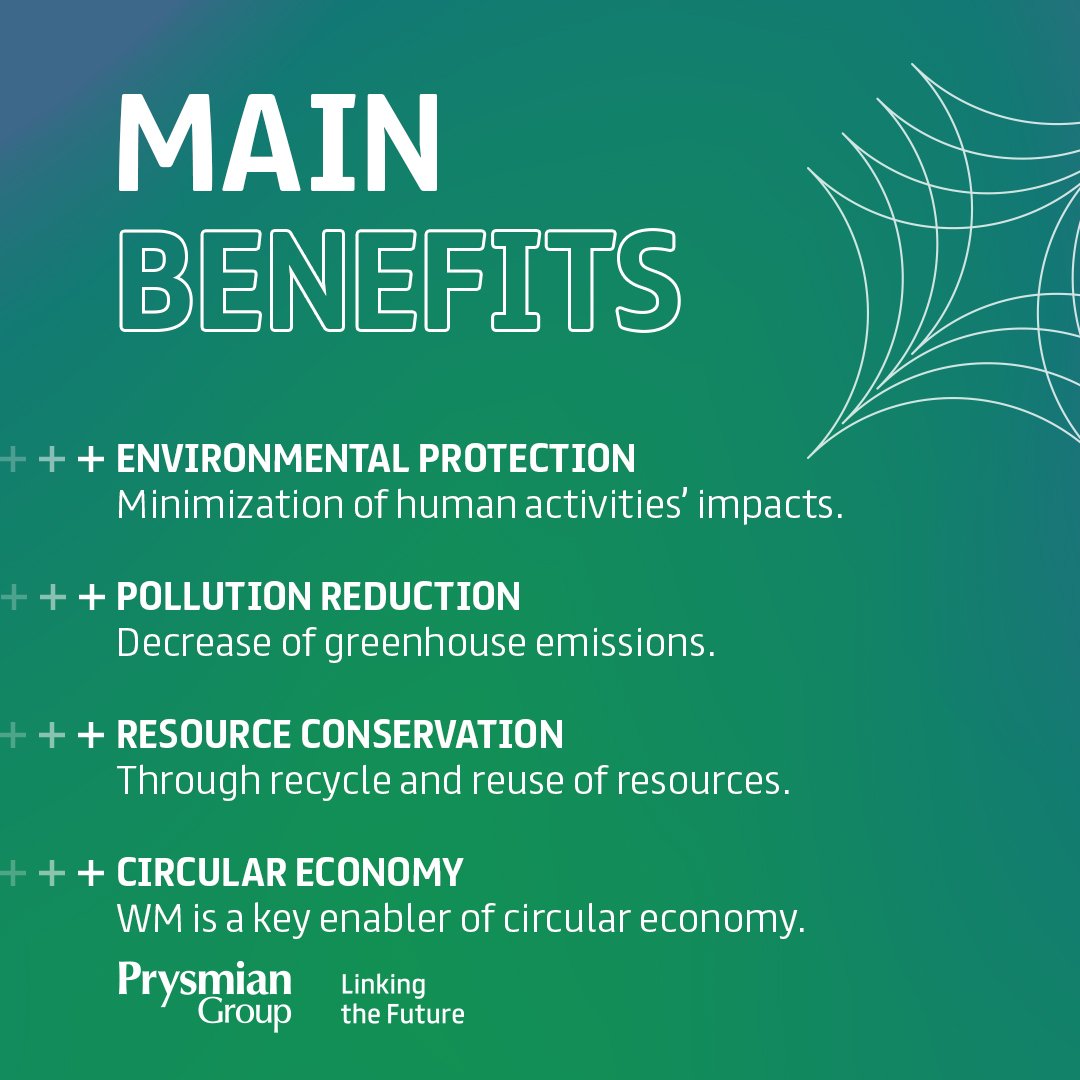Reclaim Waste Can Be Fun For Anyone
Reclaim Waste Can Be Fun For Anyone
Blog Article
The Greatest Guide To Reclaim Waste
Table of Contents3 Easy Facts About Reclaim Waste DescribedThe Facts About Reclaim Waste RevealedHow Reclaim Waste can Save You Time, Stress, and Money.What Does Reclaim Waste Mean?A Biased View of Reclaim Waste
Check out the kinds, events, and types of fluid waste. Residential sewage waste describes the waste and products from a residential septic system. This kind of waste is created by humans in residences, colleges, and various other structures. This only includes septic storage tanks that have a drain area. The proper management and disposal of domestic sewer waste need liquid waste to be moved to a sewage therapy plant where the appropriate techniques and equipment are put on cleanse and take care of waste.
Commercial waste typically includes possible dangers, such as combustible products or a blend of fluid and strong waste items, and needs a more innovative and thorough disposal process. The disposal of commercial waste generally entails the filtering of waste prior to transportation to ensure safe and appropriate disposal. Industrial waste is produced from results and runoff of commercial procedures and manufacturing.
This type of waste can not use the very same sewage management transportation or procedures as septic or commercial liquids. The commercial waste monitoring process calls for the examination and screening of liquid waste before it goes through the disposal process (liquid waste disposal). Runoff waste is the liquid waste that originates from drainage and excess stormwater in highly inhabited areas or cities
Drainage waste can trigger contamination and flooding if not handled appropriately. Making sure correct waste monitoring can protect against catastrophes and lower environmental harm.
Reclaim Waste for Dummies
Contact PROS Services today to discover regarding our waste monitoring and disposal solutions and the correct ways to care for the fluid waste you create.
(https://myspace.com/reclaimwaste1)Do you recognize what happens to your water when you draw the plug, flush the toilet or drain the washing maker? No? Well, it deserves knowing. This supposed 'wastewater' is not only an essential resource however, after therapy, will certainly be launched to our land, rivers or the sea. Used water from toilets, showers, bathrooms, cooking area sinks, washings and commercial processes is recognized as wastewater.

water utilized to cool down equipment or clean plant and equipment). Stormwater, a form of wastewater, is drainage that flows from agricultural and metropolitan areas such as roofing systems, parks, yards, roads, courses and seamless gutters right into stormwater drains, after rain. Stormwater moves unattended straight to neighborhood creeks or rivers, eventually reaching the sea.
Reclaim Waste Fundamentals Explained
In Queensland, many wastewater is dealt with at sewage therapy plants. Wastewater is delivered from residential or industrial websites through a system of drains and pump stations, recognized as sewage reticulation, to a sewage therapy plant.
The Division of Natural Resources recommends city governments about managing, operating and preserving sewerage systems and therapy plants. In unsewered locations, city governments may need owners to install specific or family sewer therapy systems to treat domestic wastewater from toilets, cooking areas, washrooms and washings. The Division of click to read Natural Resources authorizes making use of household systems when they are confirmed to be efficient.
Most stormwater obtains no treatment. In some brand-new communities, therapy of some stormwater to get rid of trash, sand and gravel has begun making use of gross toxin catches. Wastewater therapy occurs in 4 phases: Removes strong matter. Bigger solids, such as plastics and various other objects mistakenly discharged to sewage systems, are gotten rid of when wastewater is travelled through screens.
Utilizes tiny living microorganisms understands as micro-organisms to break down and remove staying dissolved wastes and great bits. Micro-organisms and wastes are integrated in the sludge.
The Ultimate Guide To Reclaim Waste
Nutrient removal is not offered whatsoever sewage therapy plants since it calls for costly specialised tools. It is ending up being much more typical in Queensland. Clear liquid effluent created after treatment may still have disease-causing micro-organisms. If this effluent is launched into rivers such as rivers or the sea, the micro-organisms will ultimately pass away out.

This usually suggests wastewater has to be dealt with or contaminants gotten rid of prior to it can be discharged to rivers. Many wastewater moves right into the sewerage system. Under the Act, city governments administer authorizations and permits for eco relevant activities (Periods) including wastewater launches that may have a regional effect. The division carries out authorizations and licences to ERAs including wastewater launches that might have a regional or statewide influence.
The Only Guide for Reclaim Waste
Surveillance offers accurate details concerning water quality and can verify that licence problems are being met. The info obtained through monitoring gives the basis for making water high quality decisions.
Report this page